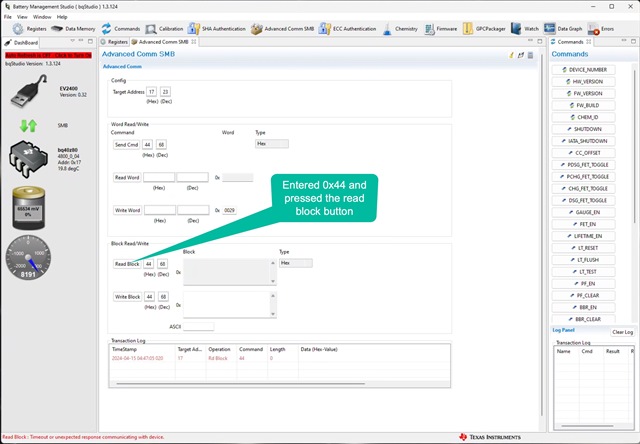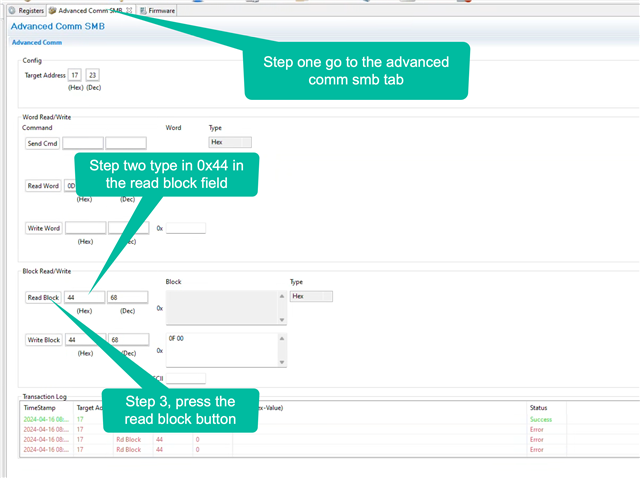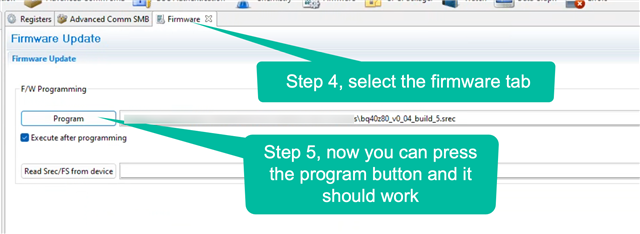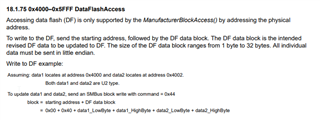Other Parts Discussed in Thread: EV2400, BQSTUDIO
I am locked out of writing to flash on several boards. I have attempted all the usual things that are suggested like unsealing etc. None of that works because I get nacked on everything that tries to access the flash. Please see the waveforms below.


Any suggestions on what would cause the chip to refuse any access to flash? It's not sealed, it's all factory default.

















